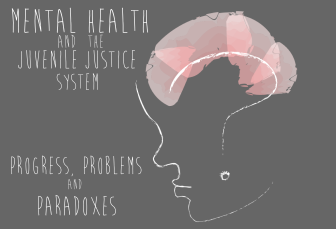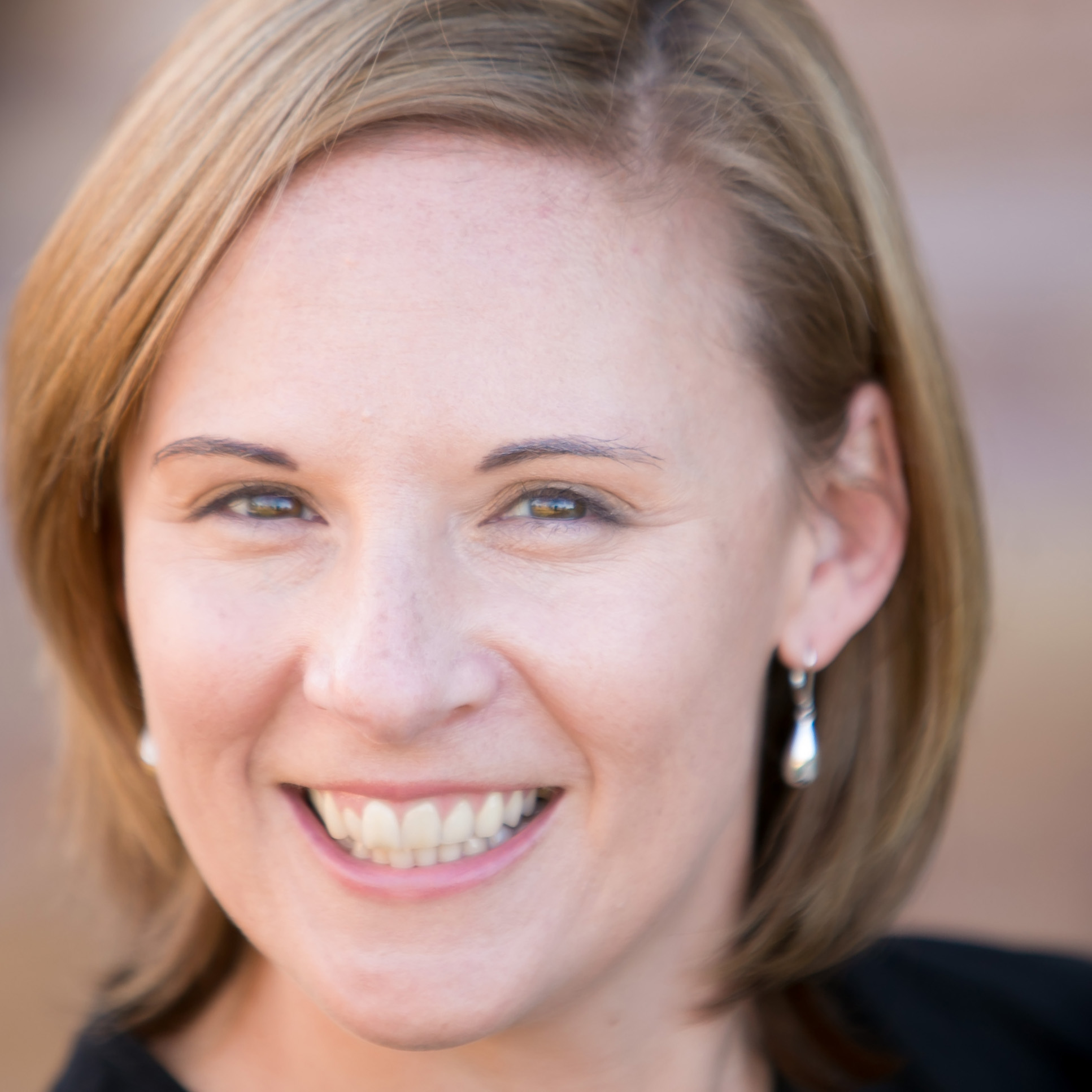 In the first two years of our work to advance new approaches to prevent and reduce substance use among youth and young adults, a key finding we often share surprises most people: Young people actually think health care practitioners should talk to them about alcohol and drugs.
In the first two years of our work to advance new approaches to prevent and reduce substance use among youth and young adults, a key finding we often share surprises most people: Young people actually think health care practitioners should talk to them about alcohol and drugs.
Unfortunately, most health care providers do not screen their adolescent patients for substance use as part of routine clinical care. And no, we aren’t talking about the “Just Say No” approach of the ‘80s and ‘90s, but a new approach based in the research literature that frames substance use as a health issue.
Just as health care practitioners counsel young people about other health matters — like the importance of eating right, exercise and safe sex — there is a new movement to apply these same strategies to discuss the negative impact that alcohol and drugs can have on their health, relationships and other things that matter to them.
Currently referred to as Screening, Brief Intervention and Referral to Treatment (SBIRT) or Screening and Brief Intervention (SBI) in some circles, the approach has been proven effective in reducing risky drinking in adults in primary care settings. Several recent promising studies have explored how SBIRT can be applied “upstream” with youth and young adults to address risky drinking and other drug use, particularly marijuana, early on before it has harmful consequences.
The central feature, and key difference from past approaches, is the emphasis on using motivational techniques to engage the young person and empower them to make healthier decisions about their alcohol and drug use. Endorsed by the American Academy of Pediatrics and the National Institute on Drug Abuse, the approach — asking questions, via a validated screening tool, in order to identify early use and respond with a brief intervention — is helping shift the paradigm regarding how we address alcohol and drug use in young people. It also provides an important opportunity to better understand why young people become involved with alcohol and drugs, and how their initiation to it impacts whether their use progresses.
[Related: Talk to Kids about Alcohol Early to Avoid Binge Drinking]
Conversations with young people in recovery unearth a common thread: the missed opportunities where a caring adult could have intervened before life spiraled out of control. One recovery advocate shared: “At 16, when my boyfriend went to rehab, you think someone would have asked me if I was OK, but they didn’t, and my use progressed.” Examples like this are all too common, and it is time for the practitioners and systems that serve youth to become better equipped with information and skills they need to open the lines of communication effectively. Rather than dismissing the signs as so-called normal teen behavior and hoping they go away, or providing lectures that fall on deaf ears, it is time to start having informed conversations with young people and really listening to what they have to say.
[module type=”aside” align=”right”] Learn more about mental health and substance abuse on JJIE.org’s Juvenile Justice Resource Hub.
Learn more about mental health and substance abuse on JJIE.org’s Juvenile Justice Resource Hub.
The utility of SBIRT is that it can be structured to respond to youth along a continuum. Practitioners provide positive feedback to those who are not using alcohol and drugs, while letting them know that if anything changes, or if they ever have questions or concerns about their friends or family, they have somewhere to turn. For those young people who are drinking or using other drugs, the practitioner works with them to identify the impact they see it having on their life and then helps them set goals to stop or reduce their use and stay safe (for example by not riding in cars with impaired drivers, a trend still prevalent among youth). Finally, for the small number of young people who need addiction treatment, the practitioner should ensure they get connected to and receive the holistic care necessary to get them back on track.
For many youth, substance use is just one issue they’re dealing with, and others may emerge, like mental health, family issues and other risky behaviors. While addressing these issues is a complex task, we cannot continue to bury our heads in the sand and let ignorance, fear and stigma keep us from asking the important questions and developing appropriate responses. It is time to engage a broad community of young people, caregivers, practitioners, governmental entities, philanthropy and other stakeholders in conversations about how we can build collective responses to support the health and well-being of young people.
We are working with a range of diverse organizations at the national, state and local levels to train providers, support program implementation, and develop and disseminate knowledge about best practices and lessons learned. Though we have much to learn, through partnerships with organizations like the American Academy of Pediatrics, the School-Based Health Alliance, YouthBuild USA, Reclaiming Futures and Young People in Recovery, we are building the collective will to do things differently when it comes to combatting substance use disorders and improving the lives of young people.
Alexa Eggleston is senior program officer, domestic programs at the Conrad N. Hilton Foundation. To learn more about the foundation’s approach, visit hiltonfoundation.org/priorities/substance-use-prevention.
More articles related to this one:
New Approach (SBIRT) Can Reduce Risky Drug and Alcohol Use Among Kids, Advocates Say
Unspoken Truths: Young People in Recovery
Spirituality + Alcoholics Anonymous Prove Successful for LA Youth
They Climb, Bike, Run, Lift, Box Their Way Out of Addiction
Recovery Communities Give Former Addicts a Boost in the Long Term
































